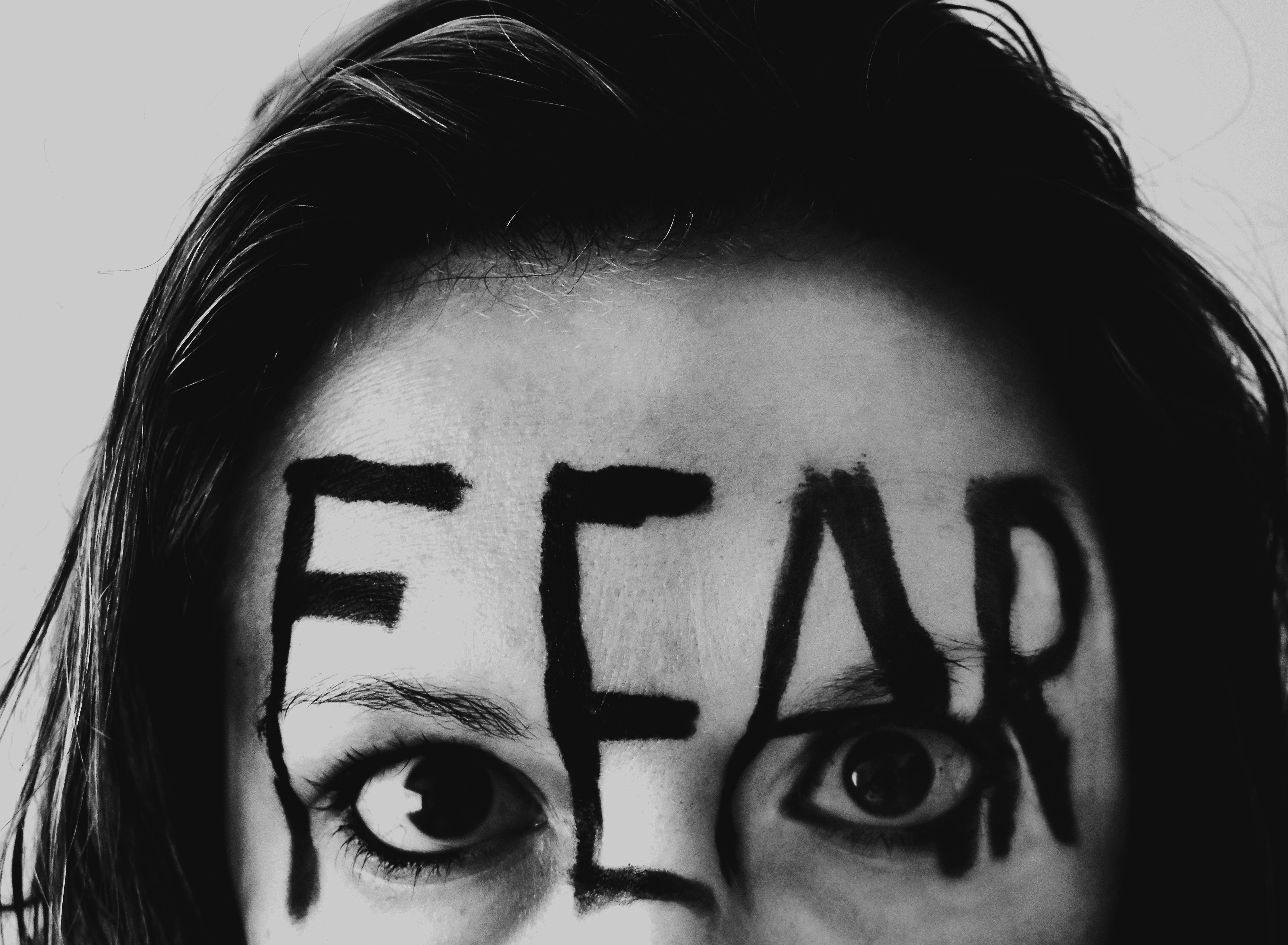Don't Let Fear Control You

In the wake of the earthquakes that have been rattling Mexico City lately (two more in the last week), and yet another senseless shooting in a Florida high school, my heart and my nerves have been feeling heavy. I've read so many articles about earthquakes, having been plagued by vertigo for days because of the anxiety I feel after my building sways back and forth for over a minute at a time. And I've read so much about both sides of the gun debate in the US, about people young and old reeling with grief because their loved ones are now gone. It all really got me questioning the idea of safety and the role fear has come to play in the my life and the lives of those around me.
What I've come up with, the same as I have in the past, after much careful research and thought, is that, no matter what, I cannot let fear win. We cannot let fear win. But how?
For me, one of the ways I fight it is through art, through looking for beauty and letting it seep in. I love making art as much as I love experiencing it. For that reason, I am trying to crowdfund a poetry coloring book; it is a small piece of me and it's something beautiful I can put into this mad world, especially when I see and feel all the anxiety the world is causing us. We can't let fear win.
That sentiment inspired me to make this video, to drive in this feeling, and to share it:
_____________Also, in my research, I found an article in Psychology Today talking about the real value of art, beyond the "art heals" narrative, which is nice to think about, but doesn't really nail down how meaningful art truly is in this world. Here is a piece of the article that you might find as interesting as I did. It explains the value of art in a practical way:
Ellen Dissanayake, an evolutionary ethologist of sorts, really addresses the core value of art's existence and how the art is really a "species-centric" phenomenon with wide-reaching impact on human survival. According to Dissanayake, it boils down to four aspects:
Makes life special. Although art making continues to be sustained by a commercial society, the arts have been present before monetary value was slapped on them. "Making special" relates to humans' needs to embellish, decorate and personalize. In the visual arts, this may mean creating an aesthetically pleasing design on something utilitarian or simply wanting to have personally appealing imagery in one's life. Dissanayake also observes that human survival is related to the arts. For example, groups who make things special via the arts have more unifying interactions and ceremonies. In earlier times in human history, these groups were able to survive longer on the whole than those who did not engage in using arts in this way.
Engages the senses. The arts most likely emerged as a health-giving behavior. In other words, they enabled humans to feel good. Possibly before the arts were ever used to make things "special," humans enjoyed the satisfaction of rhythm, novelty, order, pattern, color, play and body movement. In brief, we engage in the arts because the sensory experience of the arts helps us to feel better. Research in art therapy, music therapy and dance/movement therapy is starting to support Dissanayake's theory that engaging the senses through the arts has a powerful affect on body/mind, physical perceptions, and cognition.
Involves rituals. Rituals in the arts have been part of human history since its beginnings. There are sacred art rituals (Tibetan sand paintings and Native American totems, for example) and non-sacred ones as well. The origin of these activities is both sacred and profane (mundane), but in both cases are survival-based because they help us make meaning of life as well as reduce life's inevitable stresses. Rituals allow for fantasy, too, and are a way to transcend difficult circumstances and tragedies such as disaster, illness and death.
Enhances community. Art is created to be experienced by others and engages us in community even when our reactions to art are deeply personalized. This communal engagement echoes back to "safety in numbers" and the modern psychological concept of social support that is widely accepted as a key factor for resilience. When we act in concert to share a cultural experience through art, it is often to gather together celebrate or commemorate life's important issues. In the realm of the healing arts, research increasingly underscores that making art together (community art programs and engaging in dance or music groups) is an important factor in psychological and physical recovery.
We're getting closer to the funding goal for the poetry coloring book, though not quite there yet. To those that have already supported the project, thank you so, so much. If you haven't donated, Claudia (the illustrator) and I (the writer) will be humbled by and grateful for your contribution. It will help us serve our fellow humans in the best way we know how: through our art.
xoxo,
Jessica
Fear is a major factor that deters humans from moving on when we fail or struck by a disaster. Even though failure or disasters that have taken away loved ones can be painful, the ability to overcome that fear of moving on is very important.
I feel so motivated with your post, please keep it up.
Fear is a major factor that deters humans from moving on when we fail or struck by a disaster. Even though failure or disasters that have taken away loved ones can be painful, the ability to overcome that fear of moving on is very important.
I feel so motivated with your post, please keep it up.
Fighting fear with art and beauty is a great way. Very well written @jessandthesea.